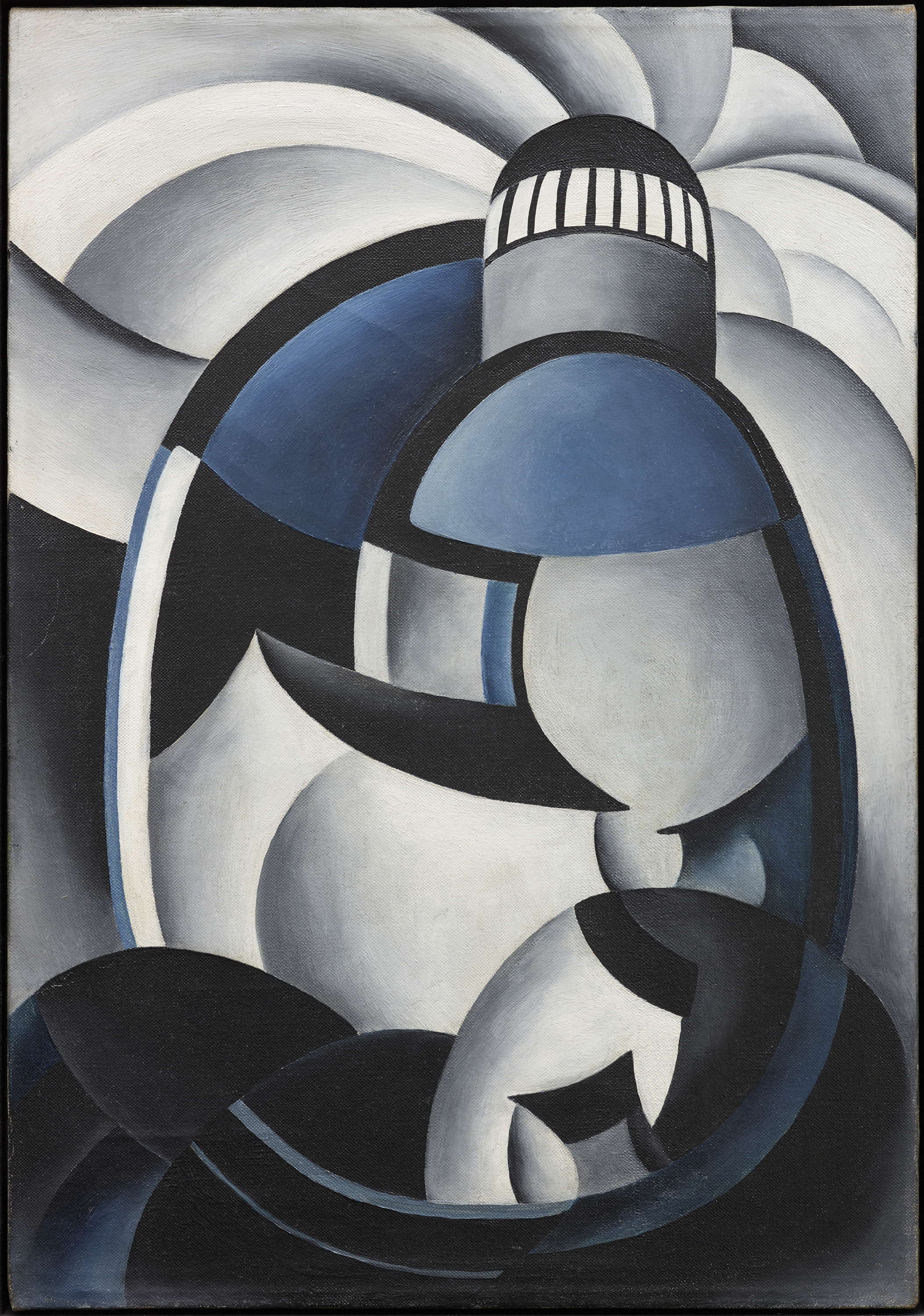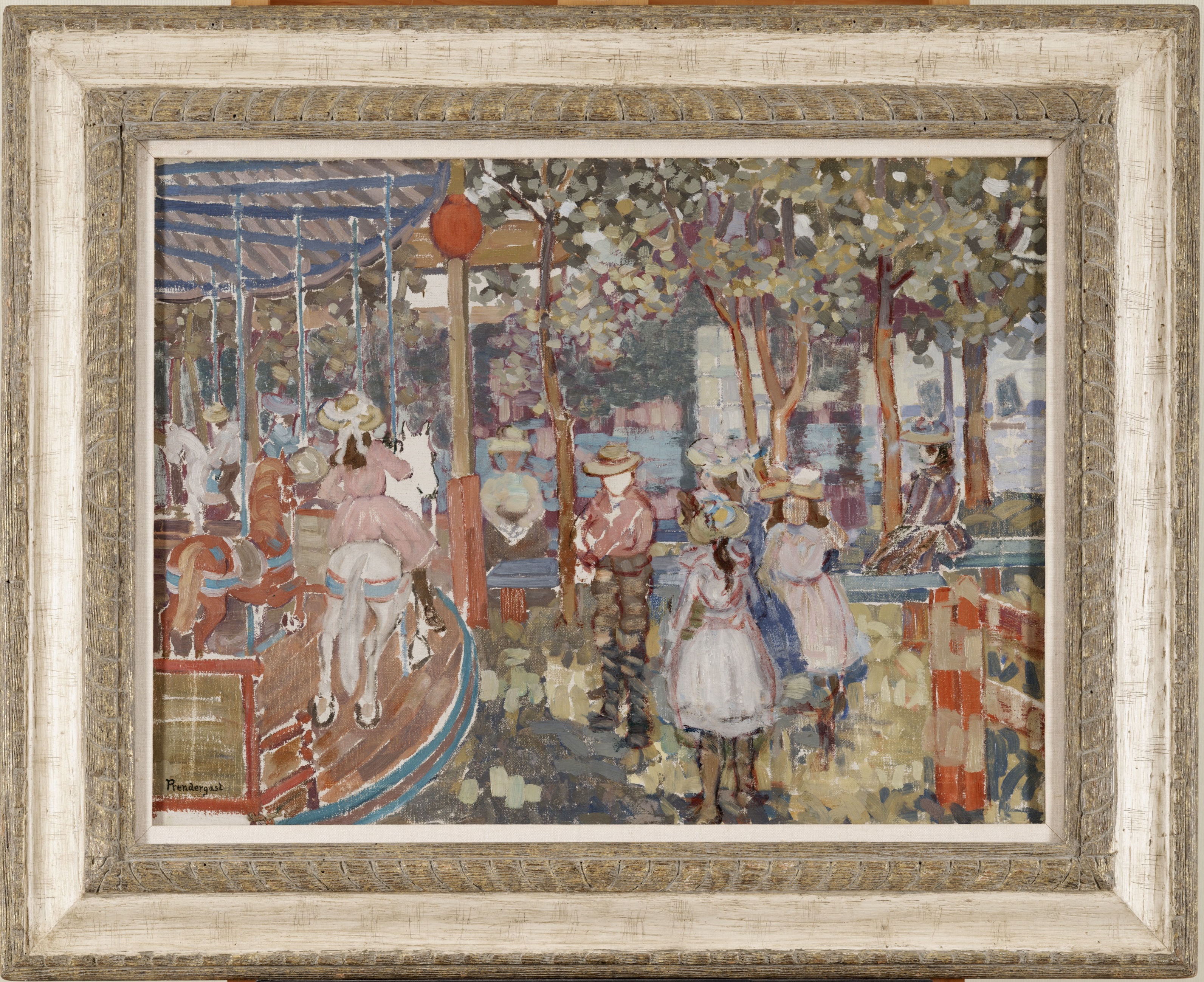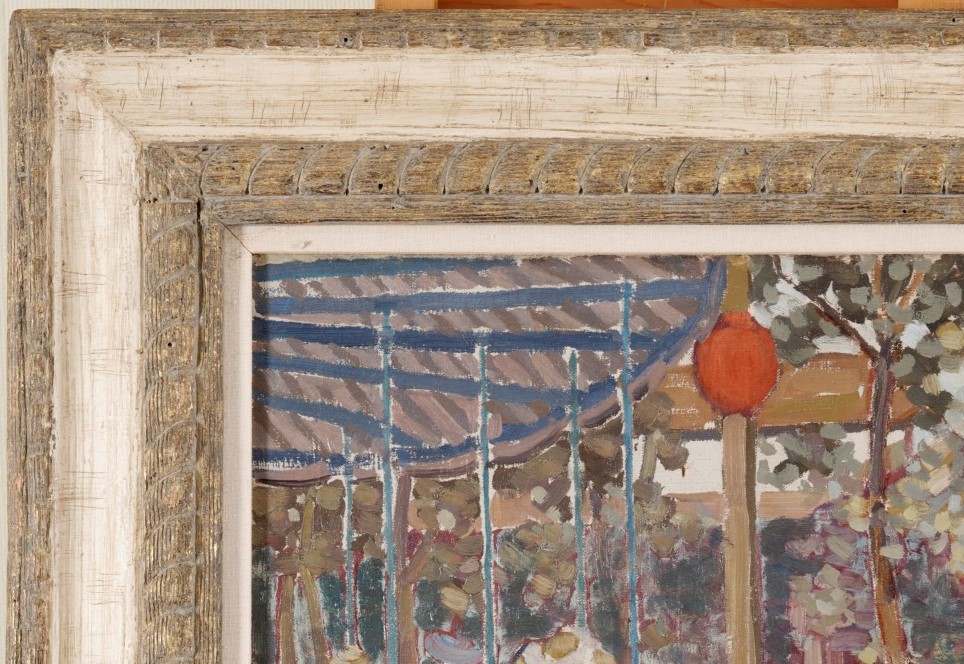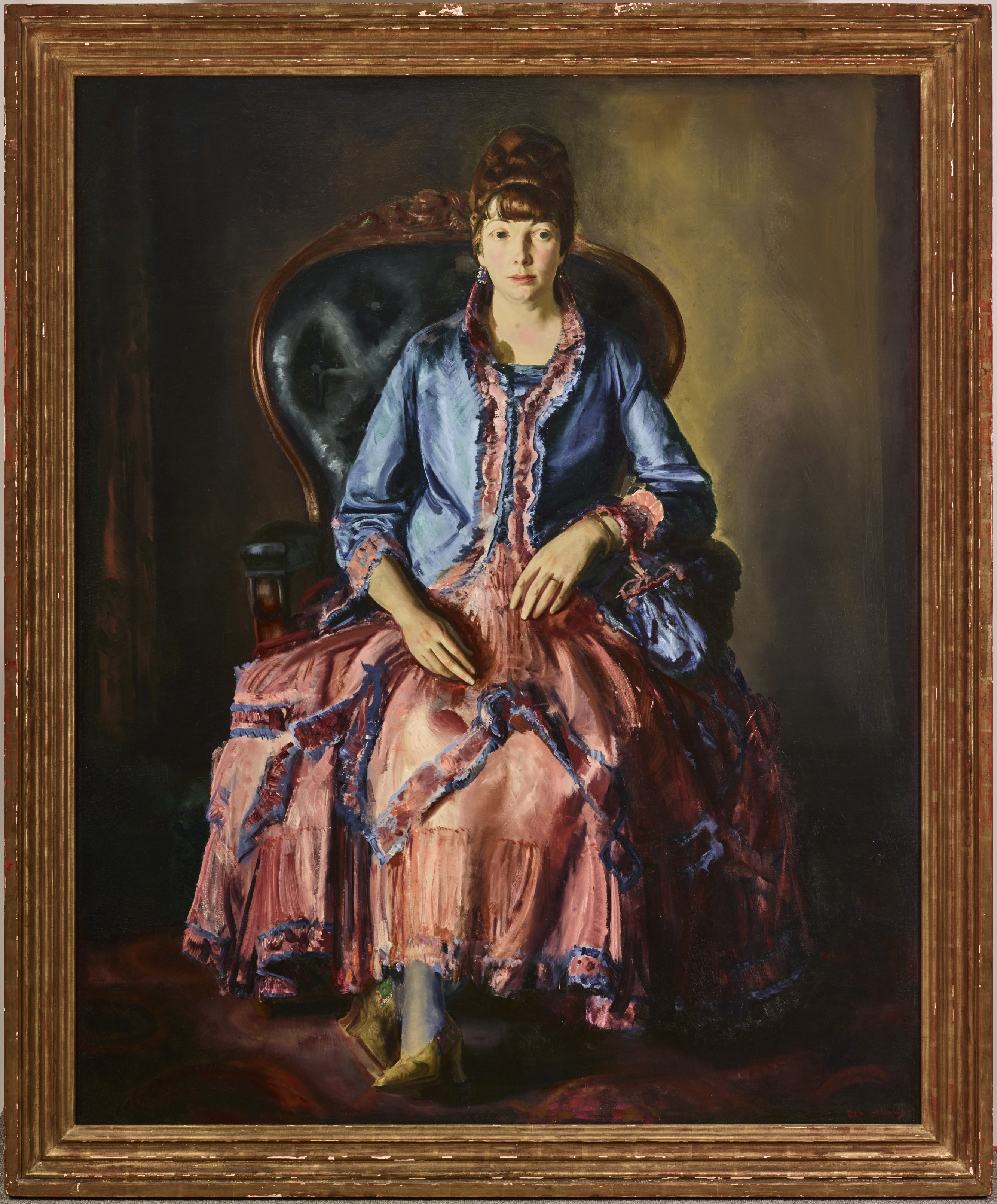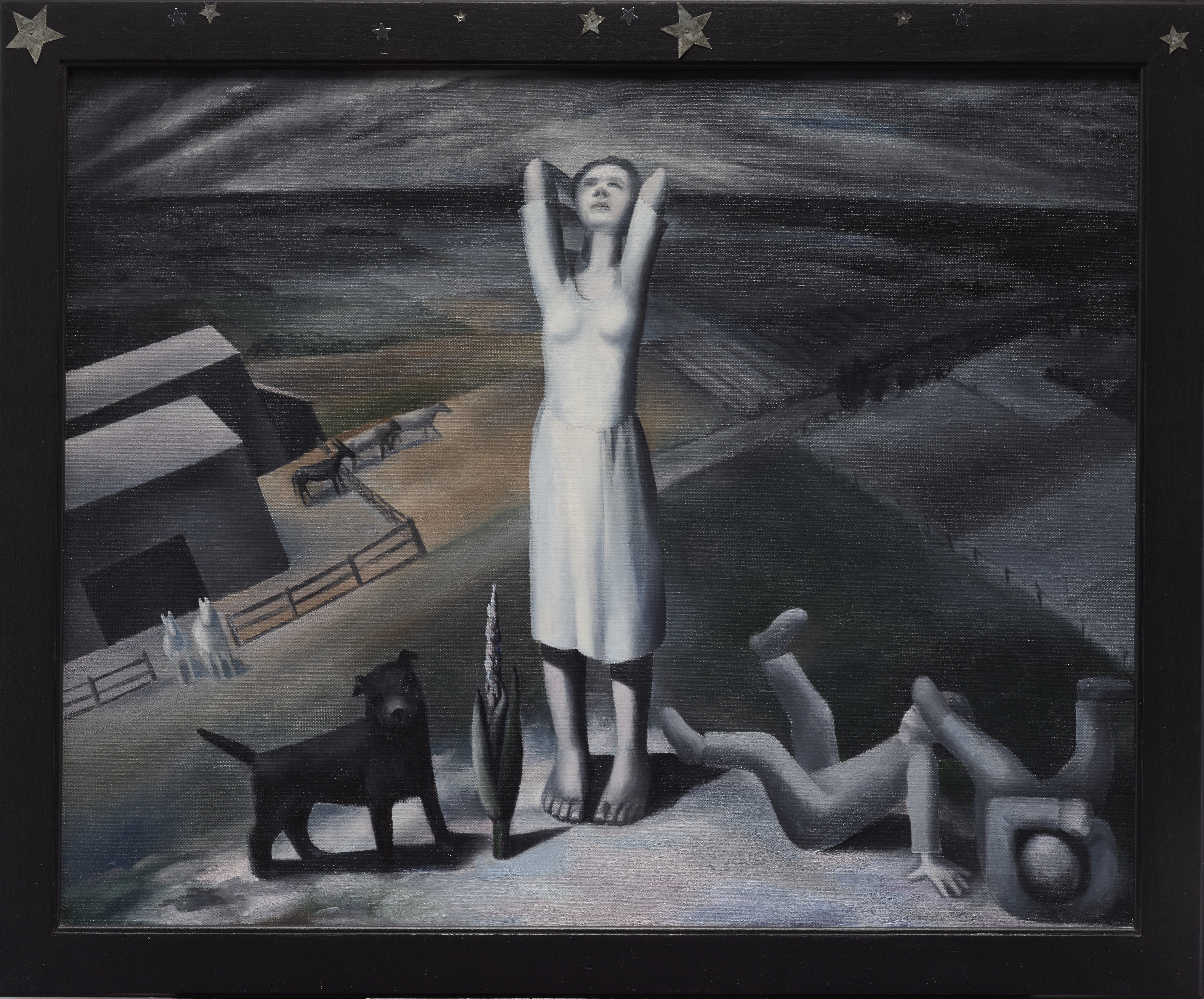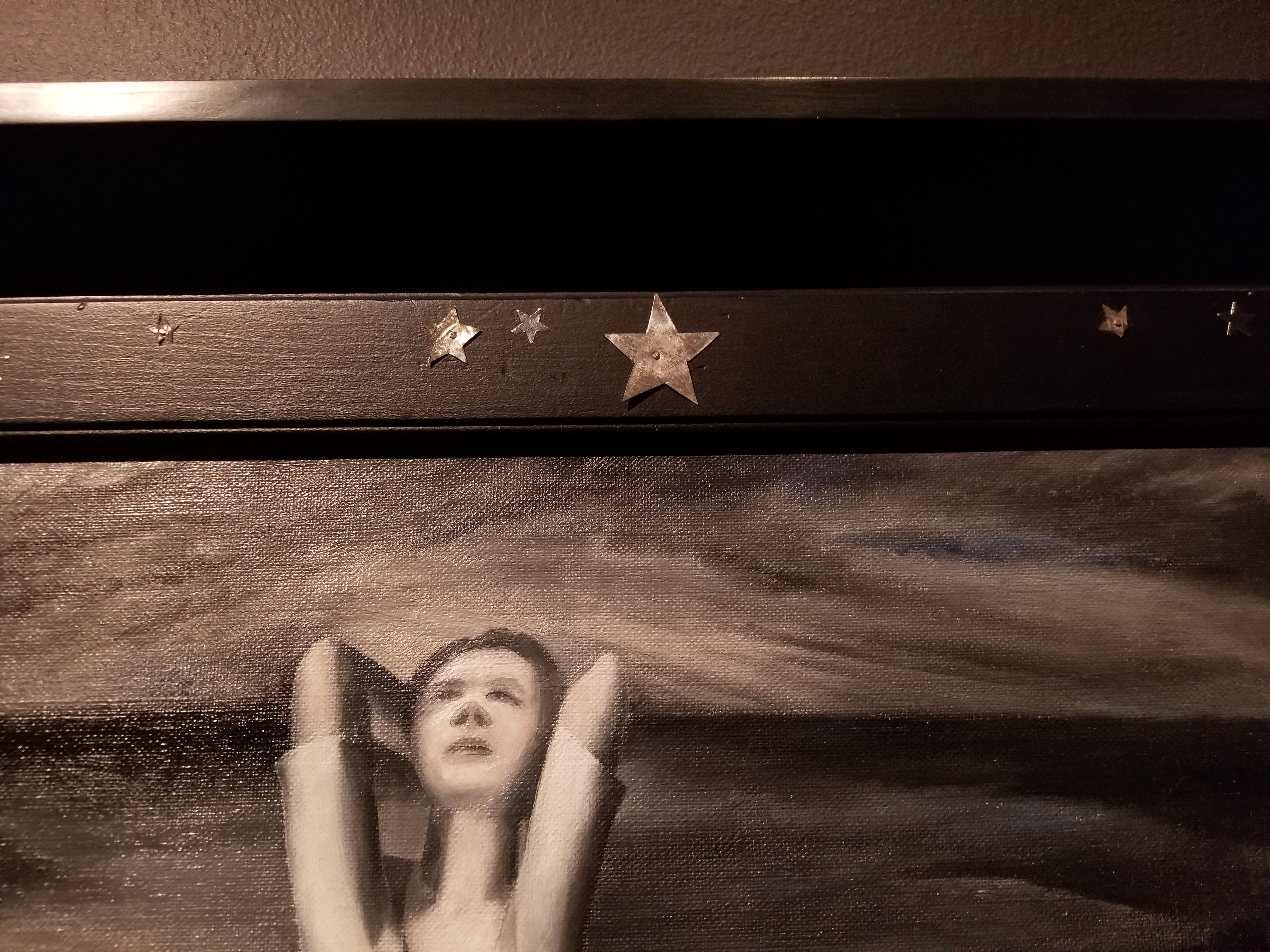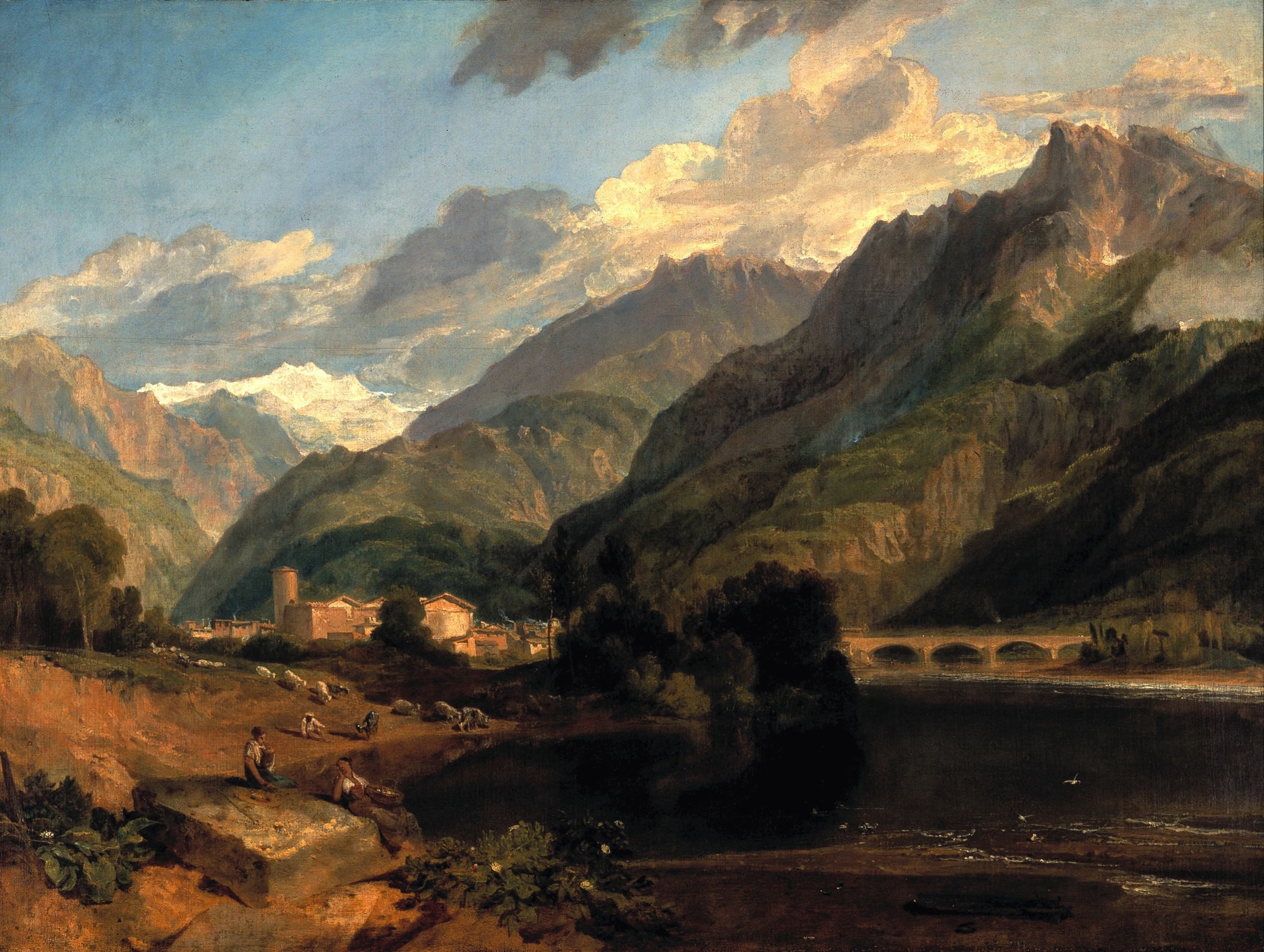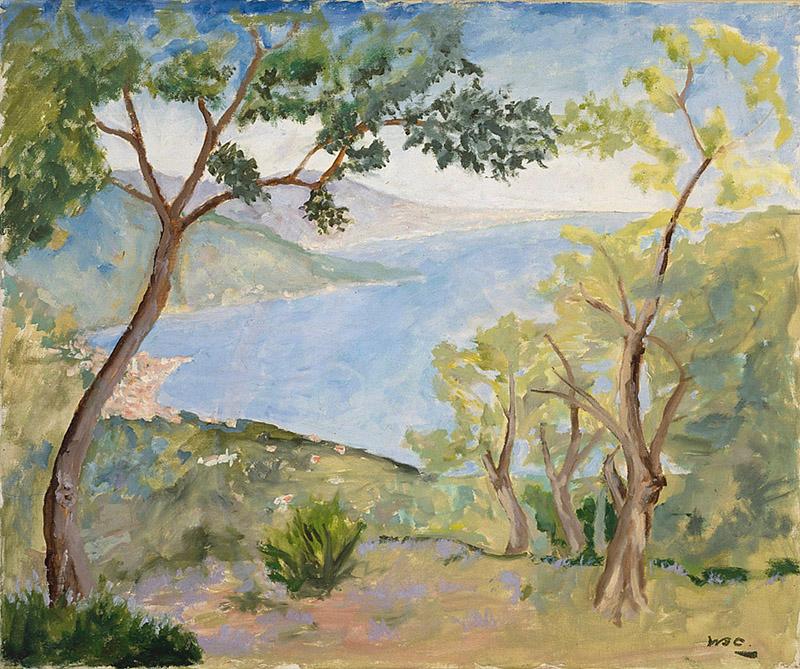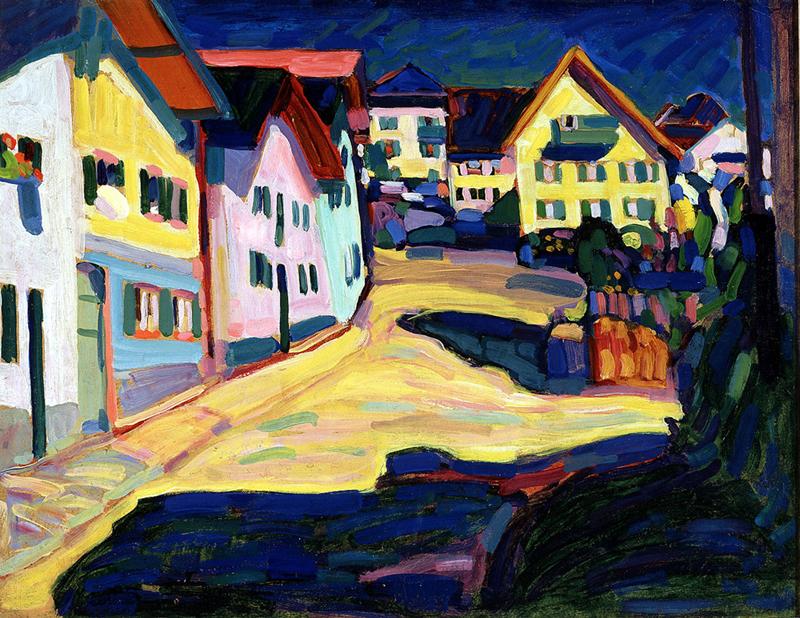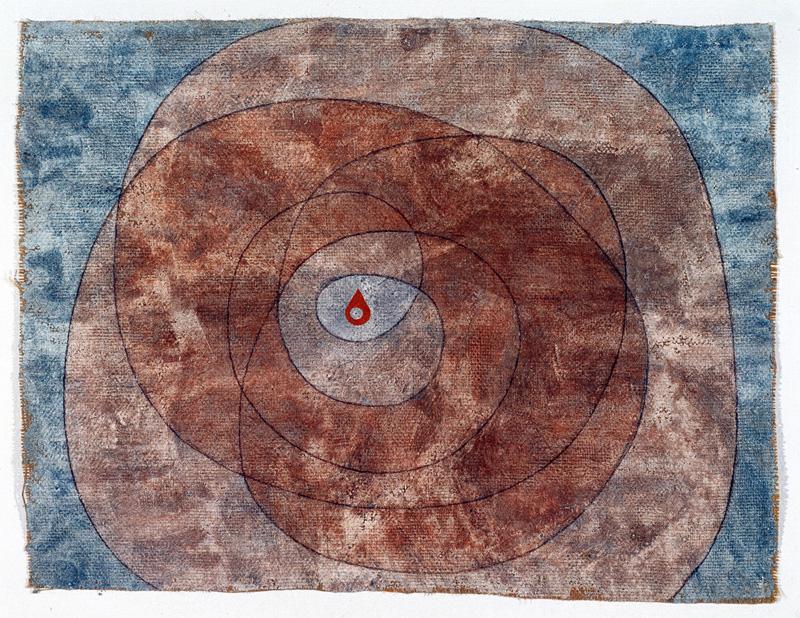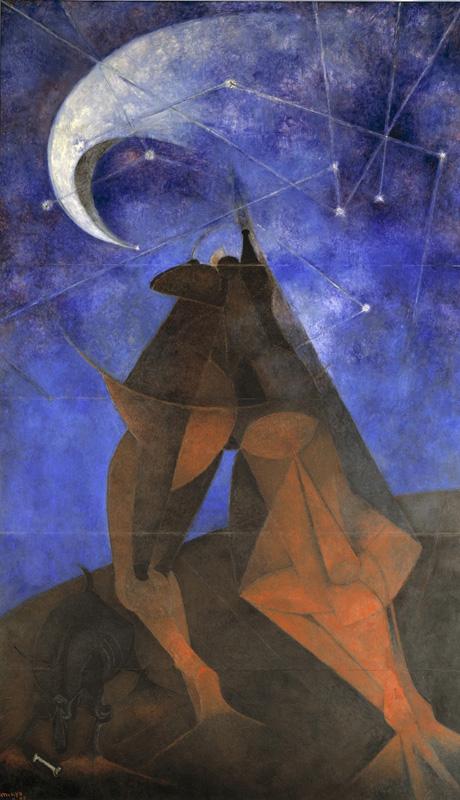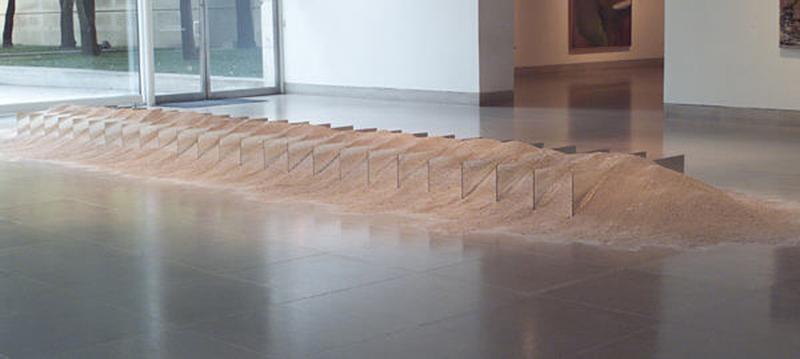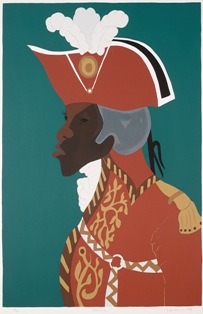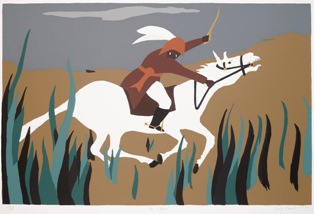Last week two of our Digital Collections Content Coordinators (D3Cs) reflected on the highlights and insights they’ve gathered throughout their time diligently compiling information for over 5,000 objects in our online collection. Today, the other half of this team recounts the dots they’ve connected and some of their favorite hidden gems they’ve uncovered on the job.
Chloë Courtney, Contemporary Art, Latin American Art, and Arts of Africa, 2018-present

Connecting the Dots:
My favorite aspect of the online collection is the way it highlights dynamic connections between objects from different areas of the Museum’s holdings. For example, Renée Stout’s sculpture Fetish #1 draws upon her study of African sculpture. Links to contextual essays and related objects in both the contemporary and African collections explain how the protective powers of minkisi influenced Stout’s choice of materials.
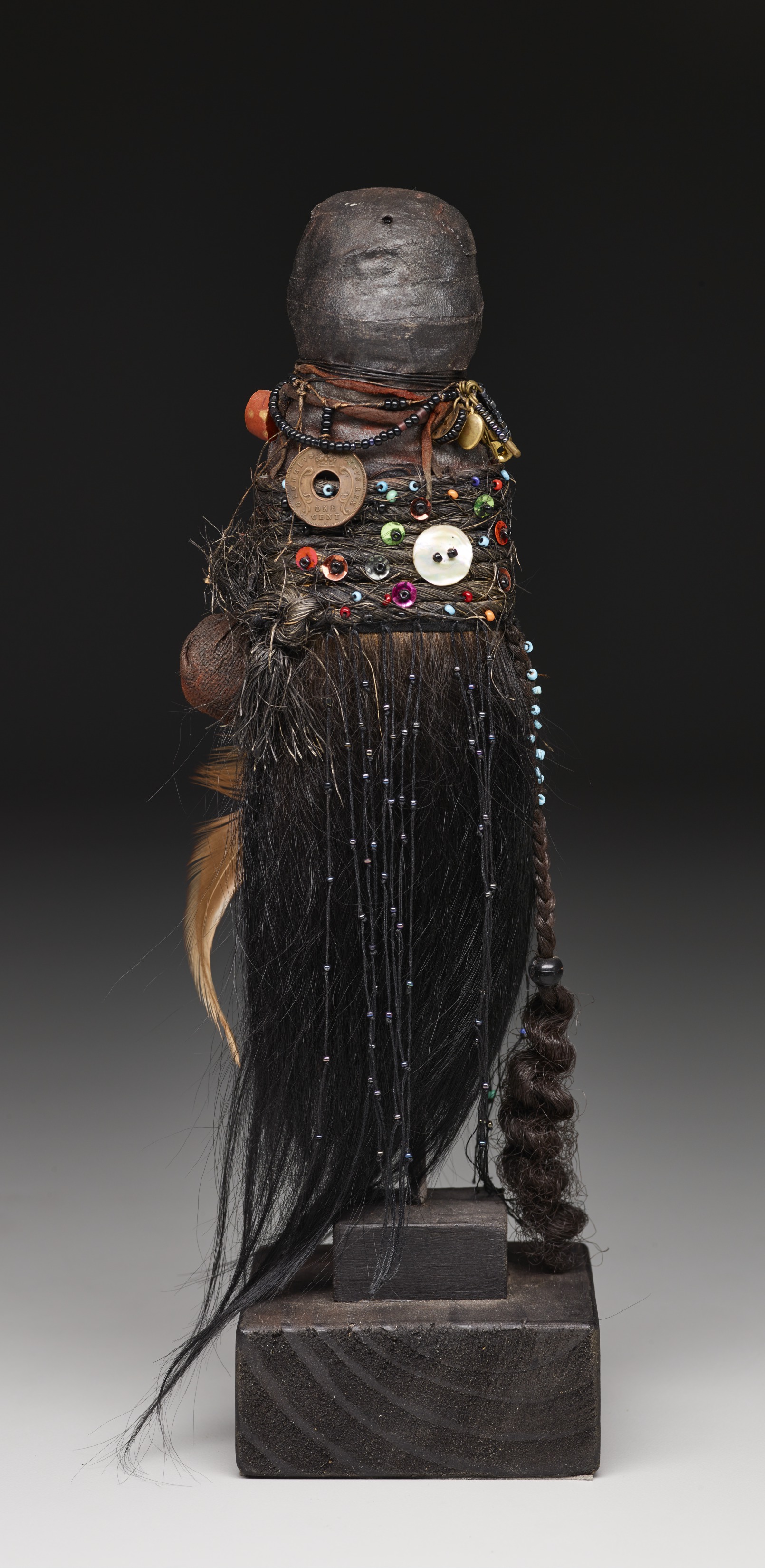 Renee Stout, Fetish #1, 1987, monkey hair, nails, beads, cowrie shells, and coins, Dallas Museum of Art, gift of Roslyn and Brooks Fitch, Gary Houston, Pamela Ice, Sharon and Lazette Jackson, Maureen McKenna, Aaronetta and Joseph Pierce, Matilda and Hugh Robinson, and Rosalyn Story in honor of Virginia Wardlaw, 1989.128, © Renee Stout, Washington, D.C.
Renee Stout, Fetish #1, 1987, monkey hair, nails, beads, cowrie shells, and coins, Dallas Museum of Art, gift of Roslyn and Brooks Fitch, Gary Houston, Pamela Ice, Sharon and Lazette Jackson, Maureen McKenna, Aaronetta and Joseph Pierce, Matilda and Hugh Robinson, and Rosalyn Story in honor of Virginia Wardlaw, 1989.128, © Renee Stout, Washington, D.C.
The Spanish Colonial screen also relies on contextual information from multiple curatorial departments. This highly ornamented screen allows us to see how Japanese byobu, or painted screens, inspired Spanish Colonial adaptations and thus visually represent the centuries of trade between Asia, the Spanish Philippines, Mexico, South America, and Europe.
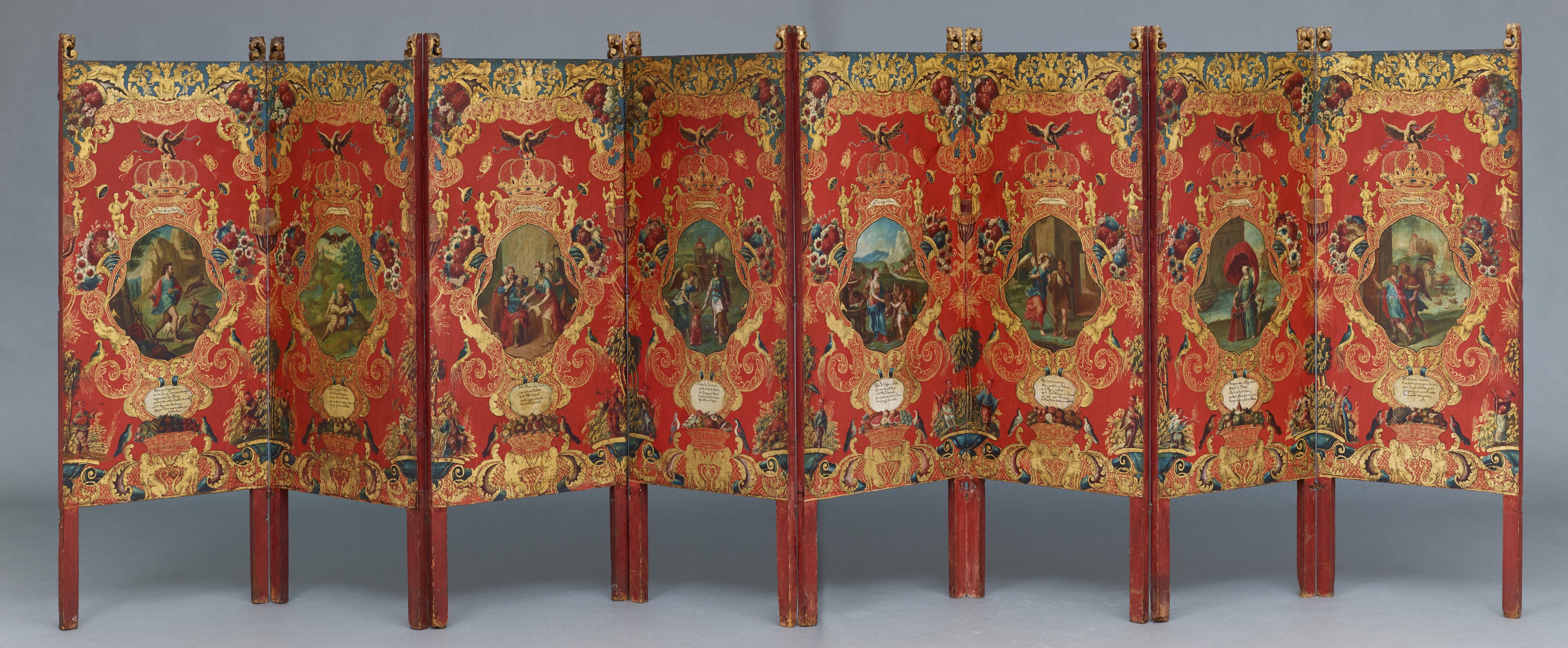 Screen, Mexico, Mexico City, c. 1740–60, oil on canvas, pine, and gilding, Dallas Museum of Art, gift of the Stanley and Linda Marcus Foundation, 1993.74.a-b
Screen, Mexico, Mexico City, c. 1740–60, oil on canvas, pine, and gilding, Dallas Museum of Art, gift of the Stanley and Linda Marcus Foundation, 1993.74.a-b
Hidden Gems:
While the number of objects displayed in the galleries is limited by factors including available space, the online collection enables visitors to experience art rarely on view in the building. One of my favorite contextual essays focuses on time-based media. Not only does the essay provide a survey of this field and the DMA’s impressive holdings, but it also draws attention to works that typically reside in storage.
Jennie Russell, American Art, European Art, and Teaching Ideas, 2016-2018

Hidden Gems:
Due to conservation restrictions, works on paper are generally permitted to be on view for only four to six months and then require long resting periods in storage. These works, though they get little exposure in the galleries, can be studied in the online collection through contextual essays and high-resolution photography.
Connecting the Dots:
My favorite part of the job is exploring the connections between visual art and the arts as a whole (music, theater, literature, etc.). Working on the mid-20th-century print Wreck of the Old 97 by John McCrady let me explore pop culture connections to art. Several artists, including Johnny Cash, had previously recorded the story of the wreck as a ballad. I came across interesting bits of trivia including the origin story of a local band’s name.
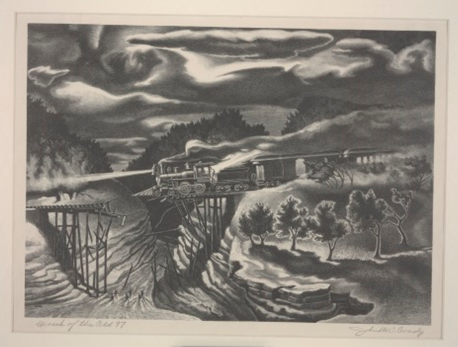 John McCrady, Wreck of the Old 97, date unknown, lithograph, Dallas Museum of Art, Dallas Art Association Purchase, 1948.6
John McCrady, Wreck of the Old 97, date unknown, lithograph, Dallas Museum of Art, Dallas Art Association Purchase, 1948.6
A fan of both literature and Surrealism, I knew I would enjoy working on Salvador Dalí’s 1969 Alice in Wonderland illustrations (examples include A Mad Tea Party, The Queen’s Croquet Ground, and A Caucus Race and a Long Tale). Dalí’s lithographs capture the spirit of Lewis Carroll’s tale with the painter’s usual wit and whimsy. Taking advantage of web resources let me provide visitors with links to other depictions of Carroll’s story as well as clips from cinematic adaptations.
Find your own favorites by browsing through our online collection, the content of which wouldn’t be possible without the research and hard work of our D3C team!

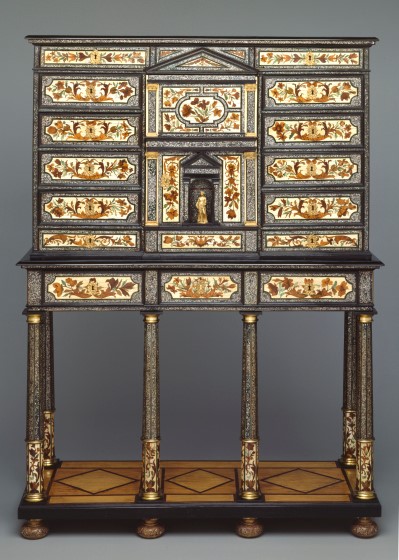 Cabinet on stand, Pierre Gole, Paris (?), France, 1660–80, wood, ivory, tortoiseshell, shell, and gilt bronze, Dallas Museum of Art, The Wendy and Emery Reves Collection, 1985.R.573.a-c
Cabinet on stand, Pierre Gole, Paris (?), France, 1660–80, wood, ivory, tortoiseshell, shell, and gilt bronze, Dallas Museum of Art, The Wendy and Emery Reves Collection, 1985.R.573.a-c Normandie shape pitcher, Peter Muller-Munk, Rome, New York, 1935, chrome-plated brass, Dallas Museum of Art, 20th Century Design Fund, 1996.27
Normandie shape pitcher, Peter Muller-Munk, Rome, New York, 1935, chrome-plated brass, Dallas Museum of Art, 20th Century Design Fund, 1996.27 Danaides vase, René Jules Lalique, Lalique et Cie, Cristallerie, Wingen-sur-Moder, France, c. 1926, molded glass, Dallas Museum of Art, gift of Mr. and Mrs. Michael Steinberg, 2004.48.5
Danaides vase, René Jules Lalique, Lalique et Cie, Cristallerie, Wingen-sur-Moder, France, c. 1926, molded glass, Dallas Museum of Art, gift of Mr. and Mrs. Michael Steinberg, 2004.48.5
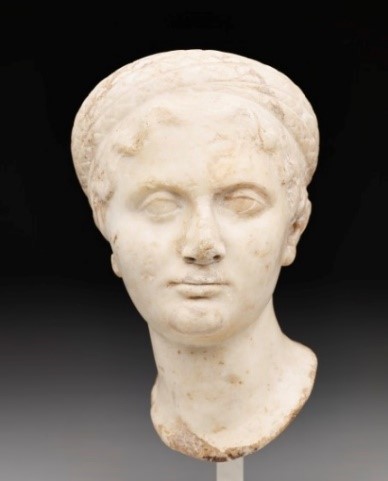 Portrait head of a young woman, Roman, 2nd century CE, marble,
Portrait head of a young woman, Roman, 2nd century CE, marble,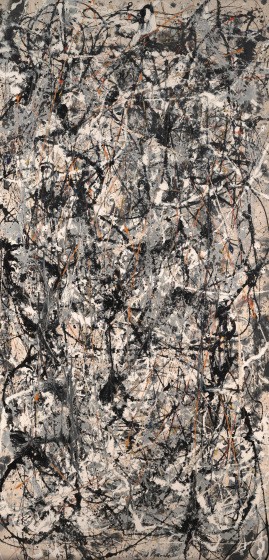 Jackson Pollock, Cathedral, 1947, enamel and aluminum paint on canvas,
Jackson Pollock, Cathedral, 1947, enamel and aluminum paint on canvas,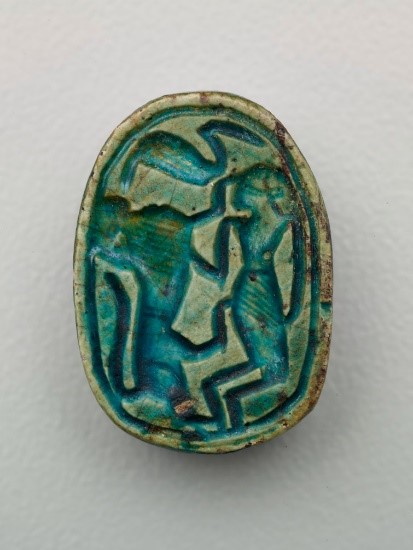 Scarab, Egyptian, 1785–1550 BCE, faience, Dallas Museum of Art, given in memory of Jerry L. Abramson by his estate, 2009.25.4
Scarab, Egyptian, 1785–1550 BCE, faience, Dallas Museum of Art, given in memory of Jerry L. Abramson by his estate, 2009.25.4